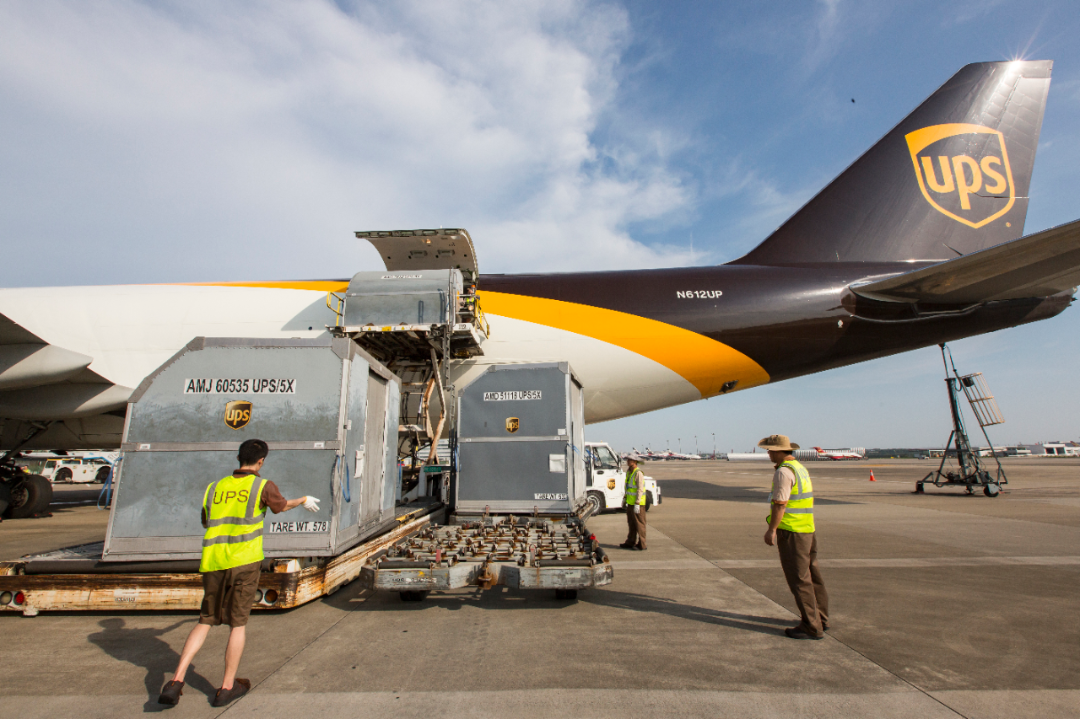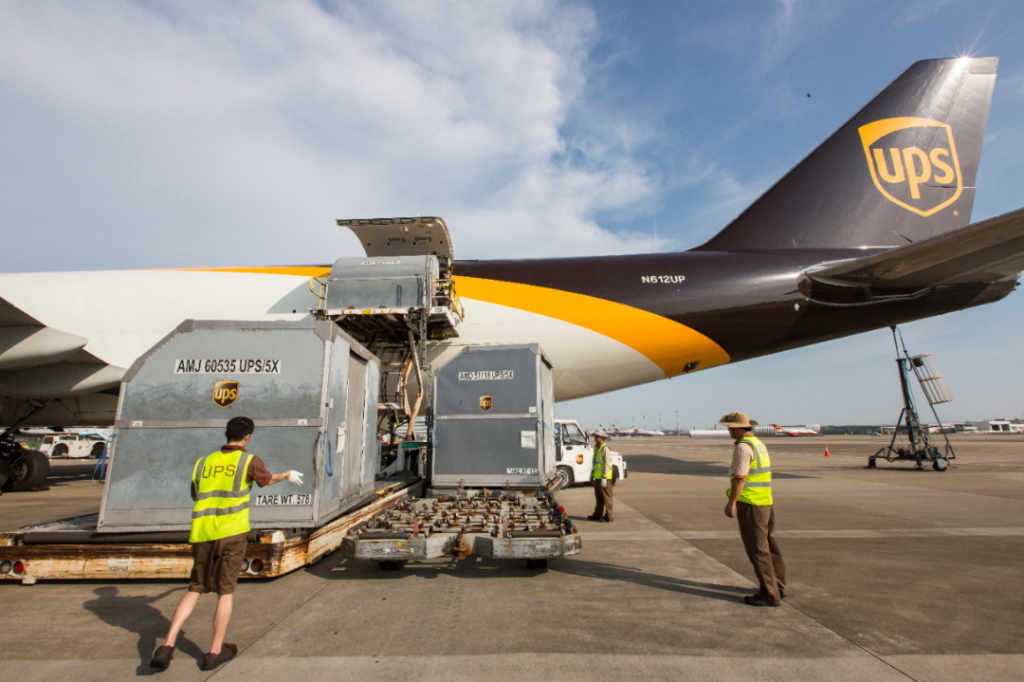
 UPS released the results of its 2019 UPS Industrial Buying Dynamics Asia Pacific Study, which finds B2B buyers here in the region doing much of their purchasing online, and at the same time relying heavily on offline relationships and seeking out solid after-sales service. The study, which surveyed more than 3,400 industrial purchasers globally, including 600 from companies across China, Japan, and Thailand, offers valuable region-level insights and specific market-level traits that can help B2B businesses better connect with buyers in Asia.
UPS released the results of its 2019 UPS Industrial Buying Dynamics Asia Pacific Study, which finds B2B buyers here in the region doing much of their purchasing online, and at the same time relying heavily on offline relationships and seeking out solid after-sales service. The study, which surveyed more than 3,400 industrial purchasers globally, including 600 from companies across China, Japan, and Thailand, offers valuable region-level insights and specific market-level traits that can help B2B businesses better connect with buyers in Asia.
Where in other regions, shifting demographics have a much bigger role to play in purchasing behaviour, to be successful here in Asia, a recommended approach is to consider buyers by job responsibility, rather than nationality or age demographic. As the study shows, Asia is a region of tremendous complexity –one where all buyers are focused on the targeted demands of service for their organizations.
Shifting Procurement Models
The report found strong indications that online buying is set to increase, with Asian buyers saying they plan to use this channel more within the next five years. Amongst those that prefer making purchases online, Japanese buyers purchase online at a higher rate (31 percent) than buyers in both China and Thailand (both at 14 percent). Meanwhile, in Thailand, companies with higher budgets report that in the next three to five years, they are more likely to move purchasing online; and in China, mobile online purchasing is seeing stronger growth than in other Asian nations.
Notwithstanding the anticipated increase in online purchases amongst Asian buyers, the report also indicates that speaking over the phone or in person happens more frequently in Asia than in the United States or Europe. Asian buyers especially value establishing a relationship in person before purchasing online – this practice is most pronounced in China, where winning trust before doing business is a key part of the deal-making process.
Sourcing Goes International
As a region, Asia is similar to the rest of the world in terms of how much its buyers source from domestic suppliers — 67 percent of all B2B purchases in Asia come from domestic suppliers, versus 73 percent in the U.S. and 64 percent in Europe. However, there is one outlier in the region: Japan, where buyers source 90 percent of all goods domestically. This may change in the near future, however, with the country having recently signed a series of free trade deals—most notably with the European Union. When asked what they considered to be the barriers to making international purchases, the top three factors listed by respondents in Asia were longer transit times (60 percent), customs delays (55 percent), and issues with returns (45 percent).
Post-Sales Services Secure the Customer Experience
Globally, post-sales support continues to emerge as an important component of industrial buying, consistent across different categories of buyers and industry segments. However, the research found Asian buyers, in particular, value all post-sales services more than buyers do in other regions. These include services such as general returns, pick-up services for difficult-to-ship products, and the provision of ready-made packaging and shipping materials for returns. In China and Japan, the post-sales service that matters most is on-site maintenance and repairs, and in Thailand, returns rank most highly.









